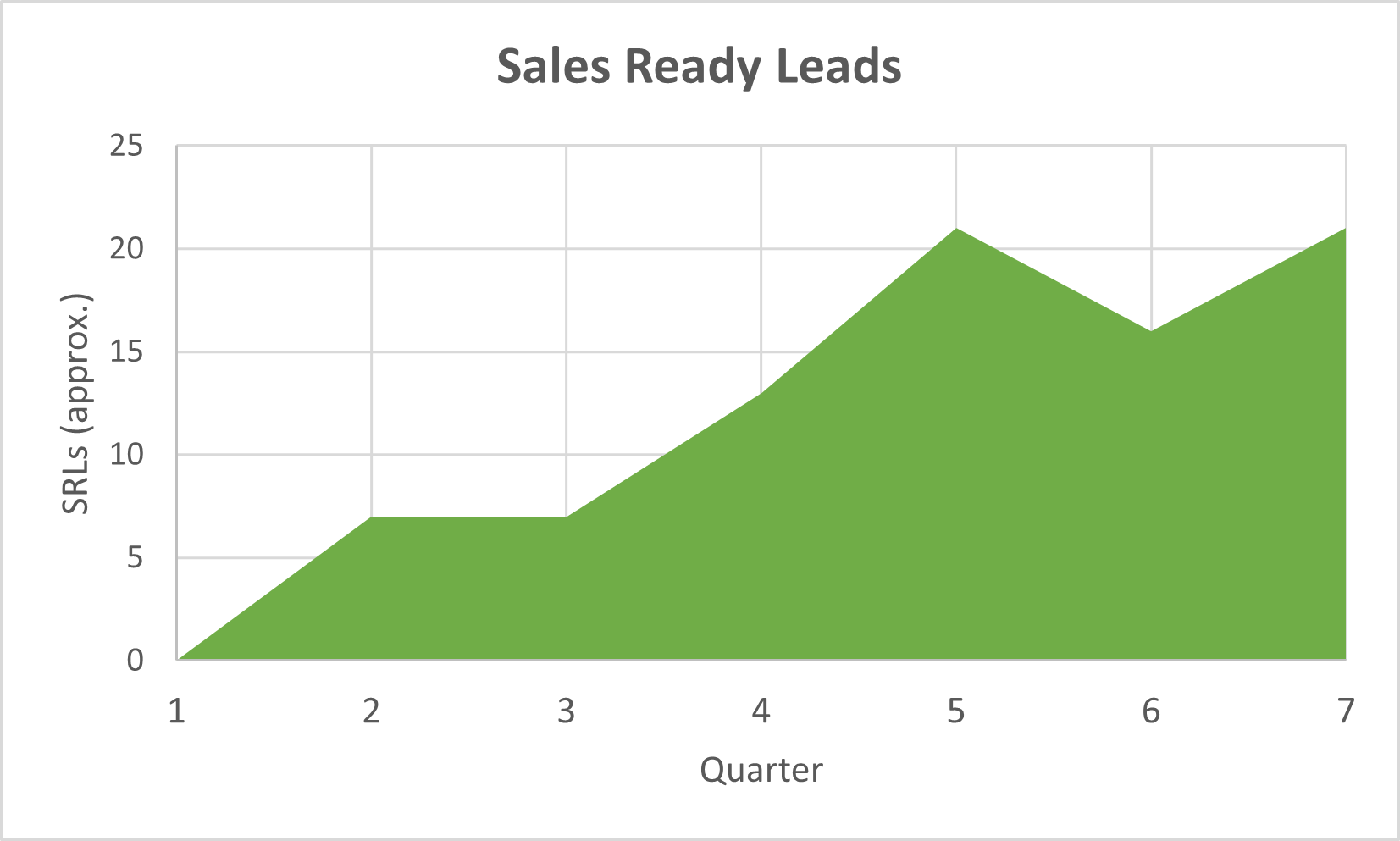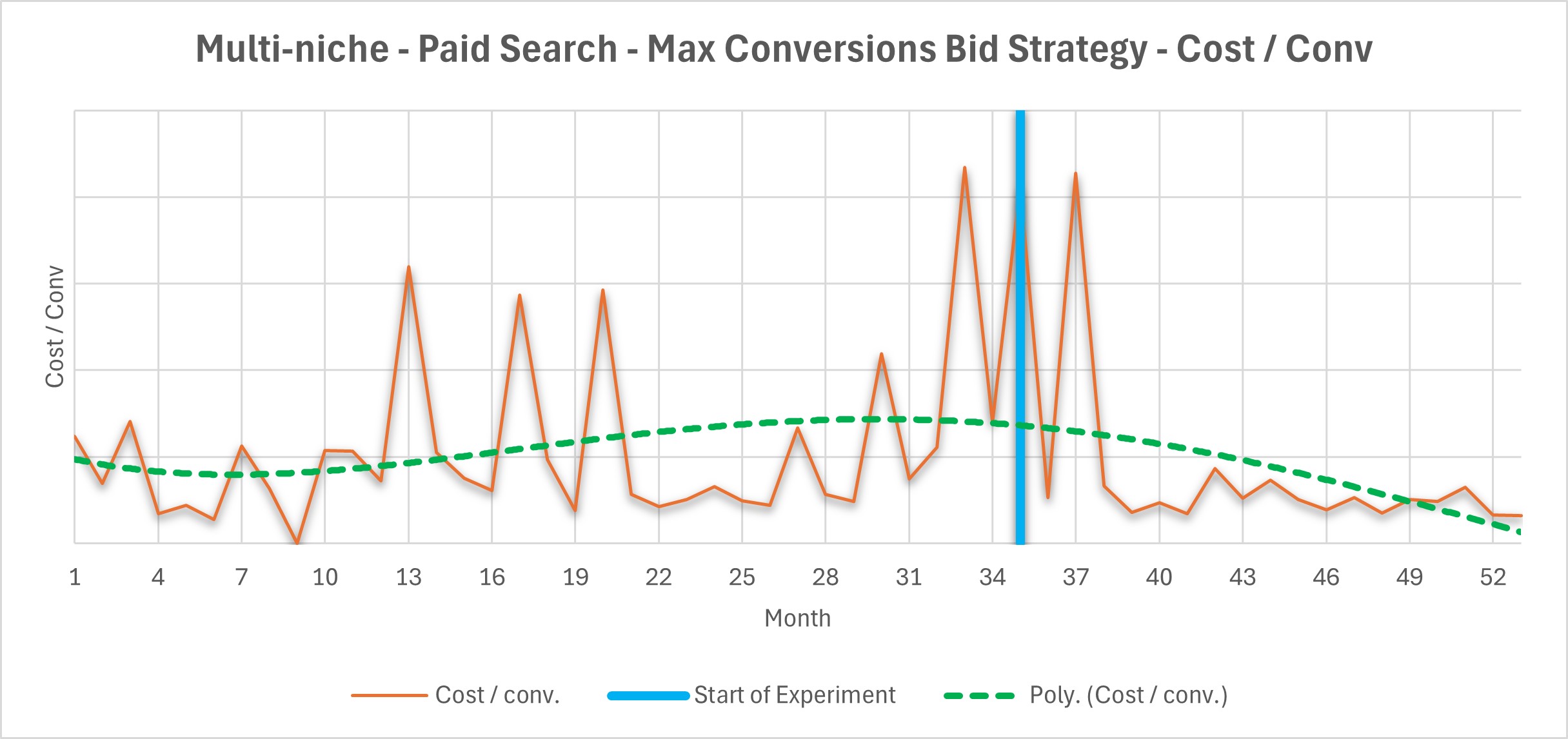Marketing Strategy for Structural Engineering Companies –
33 niches explored
Tips and insights from an engineer
Yeah, that’s right, I’m an engineer… at least I used to be. Though I’ve been told many times: “once an engineer, always an engineer”. I suppose at some level that’s true. I certainly mostly still think like an engineer, for better AND for worse 😊.
For this article, we’ll focus on small structural engineering services firms (i.e. less than ~100 employees). Much of this article is applicable for larger companies, but that’s not the focus.
Yes, marketing sucks… So what should we do about that?
Get narrower. There are so many moving parts. Simplify what IS in your control.
If you’re an engineer, you probably hate marketing.
Why?
Because you’re super rational. I get it.
I’m an engineer too. I don’t do engineering these days, but it’s not like you forget how to think like an engineer: logical, rational, methodical. Marketing can be quite frustrating.
If you’re running a structural engineering company, you’re likely to have above-average capability in at least one, maybe two dimensions of business. You may have leveraged those to start your own business.
You may or may not have taken a few business classes in college while going for your engineering degree. You may have taken a couple business classes while working. Maybe you even got your MBA.
My guess is that none of that really drilled home how messy the economic system that we call capitalism really is. Turns out, you don’t just magically do all the work you were meant to do. In capitalism, you need a messy matchmaker to match up buyers and sellers. That matchmaker is marketing.
This matchmaking, specifically for services-related business, consists of these primary components:
- Need – your client has to have a need. It’s not like they’re going to pay you if they don’t need your help with something.
- Awareness – they must be aware you exist.
- Trust – they must believe you have the skillset to help them.
- Interest – they have to be interested in working with you. If they didn’t like the personality of your salesperson or one of your engineers during a sales call, that could be it. Done.
- Price – you have to be within the ballpark of what they think you’re worth.
- Convenience (part of UX) – they have to be willing to jump through whatever hoops or roadblocks you put in front of them. Not that you intentionally do this, but you do. We all do.
Most of these components are pretty complex, involving some combination of human behavior and complex technology (like search engines, LLMs, etc). To make this more challenging, you’re trying to figure all of this out with very little data, so patterns become more challenging to find.
So, what can you do to help your situation?
Well, one key thing you can do is simplify the aspects that are in your control.
A primary way to simplify is to focus. Don’t pay attention to everything. Pay attention to a smaller number of things. Will marketing still be frustrating? Yes. But, hopefully less so.
So what does focus look like in the marketing world?
- Select a small number of niches – instead of marketing everything you can do, market a small subset.
- Select fewer marketing methods – experimenting with all the different ways to market yourself at once will just make you mediocre at everything.
- Narrow your client focus – you might think that once you select a niche, you’ve narrowed as much as possible. False.
Selecting niches
Selecting a niche (or two, or three) is all about being market-focused. The idea is that you align your services with what your potential clients are looking for help with, and are wiling to pay for. Why make them bend to the way you view your world? Instead, be empathetic and position yourself the way they view their world.
The challenge is that, like many engineering companies, you can solve a lot of different problems (i.e. you’ve got a lot of tools in your toolbox). However, if you put significant effort into all of them, your efforts will be spread too thin.
Instead, you need to select a small number of niches (small is relative to your size and the competitiveness of the markets you’re playing in).
I performed an initial round of niche exploration analysis for structural engineering services. I stayed relatively close to core structural engineering topics (e.g. things related to buildings, bridges, foundations, etc).
I uncovered 33 potential structural engineering niches to assess.
My initial market opportunity assessment of these niches suggests solid inbound marketing opportunity for structural engineering services firms across several niches.

The main takeaways from this analysis:
- There are several appealing niches available to focus on.
- There appears to be relatively low competition (both organic and paid search) across several niches.
- Some niches are very geography-dependent, while others appear more agnostic.
Selecting marketing methods
Reminder: we’re trying to focus. So we want to select a subset of methods. If you have less than ~25 employees, you probably want to select 1 primary method to focus on, and 1 secondary method to tinker with. If you have ~25-100 employees, you probably want to select 1-2 primary methods and 1-2 secondary methods.
A few thoughts to facilitate method selection:
Start at the philosophical level. You’ve got outbound methods, and inbound methods.
Outbound is focused on pushing yourself onto people, potentially interrupting them, and hoping your message is good enough that they want to keep listening. This includes:
- direct outreach via LinkedIn,
- cold calling,
- cold email,
- direct mail,
- networking,
- referrals,
- tradeshows (may include elements of inbound),
- partner channels (may include elements of inbound),
- Account-Based Marketing (may include elements of inbound),
Inbound is focused on positioning yourself in advance so that when someone starts looking for help, you show up either with the right service, or the right information. Examples of inbound methods include:
- organic search (SEO),
- paid search (e.g. Google Ads),
- and AI search (e.g. showing up in ChatGPT or Perplexity or Claude or …).
Which overarching philosophy resonates with you more than others?
Is your company culture more extroverted, preferring to get out in the world and make waves? If so, you may prefer outbound methods. Is your company culture more methodical and patient? You may prefer inbound methods.
Once you’re clear about your preferences, then you have to decide how you’re going to try to engage potential clients. For example, if organic search, what topics are you going to talk about? If tradeshows, what shows do your potential clients attend, and what is your message?
Narrowing your client focus further
Once you’ve selected a niche and corresponding marketing method, if the market segment is still too large for your company’s size, you can narrow your ideal client base further.
A few ideas on how you might narrow further:
- Industry vertical
- Company size
- Geography
- Client’s innovation spectrum.
- Messaging that takes a stance.
Building your inbound marketing machine
RocLogic is partial to inbound methods. Mainly because you get to focus on being helpful instead of pushy.
Engineers typically don’t like being pushy, often hate when they get interrupted, and generally don’t like to interrupt others.
Building your inbound marketing machine isn’t magic, but it is hard work, nuanced, and complex. It’s not just a turn-the-crank process. The details matter.
Here are the high-level steps of this process:
- Find a reasonable niche (or two).
- Create / update content.
- Start testing / experimenting.
- Assess market feedback.
- Iterate / pivot / refine.
Want to see some inbound marketing case studies?







